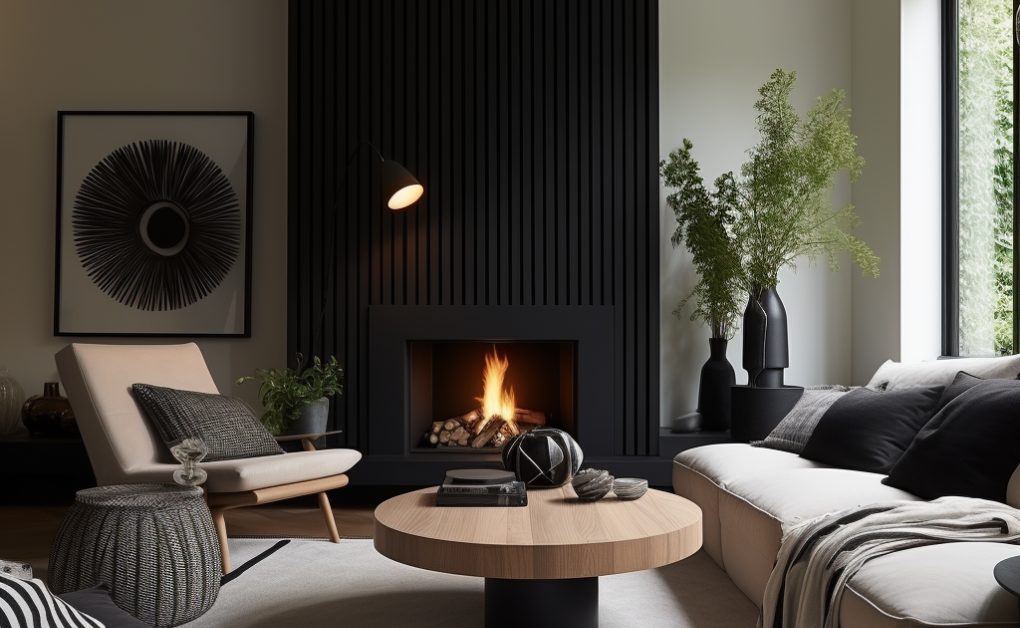Acoustic panels are popular for improving sound quality in homes, offices, and public spaces. But as these panels become more common, a new question has emerged: do acoustic panels affect WiFi signals? This article explores the impact of acoustic panels on WiFi signals, providing clear, practical insights for homeowners, DIY enthusiasts, and professionals.
What Are Acoustic Panels?
Acoustic panels are specially designed wall or ceiling treatments that help reduce noise and improve sound clarity. They are commonly made from materials like:
- Wood: Enhances aesthetics and absorbs sound vibrations effectively.
- Foam: Lightweight and highly absorbent.
- Fabric: Covers the core material for added durability and style.
Acoustic panels work by absorbing sound waves, preventing them from bouncing off hard surfaces like walls or ceilings.
How Acoustic Panels Help
- Reduce echo in a room.
- Enhance sound quality during meetings, recordings, or home theater use.
- Add a stylish touch to walls with materials like decorative wood panels.
Do Acoustic Panels Block WiFi Signals?
Understanding WiFi Signals
WiFi works by transmitting data through radio waves, which travel through walls, furniture, and other obstacles. However, some materials can weaken or block these signals, causing slower internet speeds or dropped connections.
Acoustic Panels and WiFi Signals
The effect of acoustic panels on WiFi signals depends on the materials used in the panels:
- Foam Panels: Typically do not block WiFi signals since foam is lightweight and porous.
- Wooden Panels: Denser materials like wood may slightly weaken WiFi signals if the panel is very thick or if several layers are used.
- Fabric-Covered Panels: Usually have minimal impact on WiFi because the core material is often lightweight.
While the impact of acoustic panels on WiFi signals is generally minimal, certain setups could create challenges. For example:
- Dense wooden panels in bulk: Could interfere with signal strength in small rooms.
- Panels with metal frames: Could reflect WiFi signals, causing interference.
How to Minimize Signal Loss
If you’re concerned about the effect of acoustic panels on WiFi signals, here are some tips to maintain connectivity while enjoying better sound quality:
1. Choose Lightweight Materials
Opt for acoustic panels made from foam or fabric to ensure minimal interference with WiFi signals. These materials absorb sound waves without significantly blocking radio waves.
2. Avoid Blocking Routers
Position your router in an open area, free from obstructions like walls or large acoustic panels. Keeping the router elevated can also help improve signal strength.
3. Test Panel Placement
Before permanently installing your panels, test their placement to ensure they don’t disrupt WiFi signals. Move panels around the room and check signal strength to find the best layout.
4. Use WiFi Extenders
If you notice weakened WiFi signals, consider using a WiFi extender or mesh network system. These devices boost your signal, ensuring strong connectivity throughout the room.
Benefits of Acoustic Panels That Outweigh WiFi Concerns
Even if acoustic panels slightly affect your WiFi signal, the benefits they bring to your space often outweigh this concern. Here’s why:
1. Improved Sound Quality
Acoustic panels absorb unwanted noise, making conversations clearer and music or movies more enjoyable.
2. Aesthetic Appeal
Decorative wood panels, enhance the look of any room while improving acoustics.
3. Increased Productivity
By reducing distractions, acoustic panels create a quieter environment that helps you focus during work or study.
Real-Life Examples of Using Acoustic Panels
Here are some common scenarios where acoustic panels improve a space without disrupting WiFi signals:
Home Offices
- Panels installed behind the desk reduce echo during video calls.
- Lightweight foam panels have little to no effect on WiFi, ensuring smooth virtual meetings.
Home Theaters
- Wooden panels improve sound clarity for movies while maintaining a strong WiFi connection for streaming.
Open-Plan Living Spaces
- Fabric-covered panels reduce noise from conversations or TV, keeping the room connected to WiFi devices like smart speakers.
Acoustic Panel Materials and WiFi Impact
| Material | Sound Absorption | WiFi Signal Impact | Best Use |
|---|---|---|---|
| Foam | High | Minimal | Home offices, studios |
| Wood | Medium | Moderate (if dense) | Living rooms, theaters |
| Fabric-Covered | High | Minimal | Open-plan spaces |
| Metal-Framed Panels | Medium | High | Not recommended |
FAQ: Acoustic Panels and WiFi Signals
1. Do acoustic panels block WiFi completely?
No, most acoustic panels do not block WiFi completely. Foam and fabric-covered panels, in particular, have minimal impact on signal strength.
2. Can I improve WiFi performance in a room with acoustic panels?
Yes, you can improve performance by using lightweight materials, avoiding router obstructions, and considering WiFi extenders.
3. What type of acoustic panel is best for homes with heavy internet use?
Foam and fabric-covered panels are ideal because they absorb sound effectively without interfering with WiFi.
4. Are metal-framed acoustic panels bad for WiFi?
Yes, metal-framed panels can reflect WiFi signals, leading to potential interference. Avoid using them near routers.
5. Can I place a router behind an acoustic panel?
It’s best to avoid placing your router directly behind any panel, especially dense wooden or metal-framed ones, as they may weaken the signal.
Conclusion: Finding Balance Between Sound and Connectivity
Acoustic panels are a fantastic addition to any space, offering better sound quality and a stylish look. While the materials and placement of panels can slightly impact WiFi signals, proper planning ensures you can enjoy both great acoustics and strong connectivity. Lightweight options like foam or fabric panels are ideal for minimizing interference, while careful router placement keeps your internet running smoothly.








